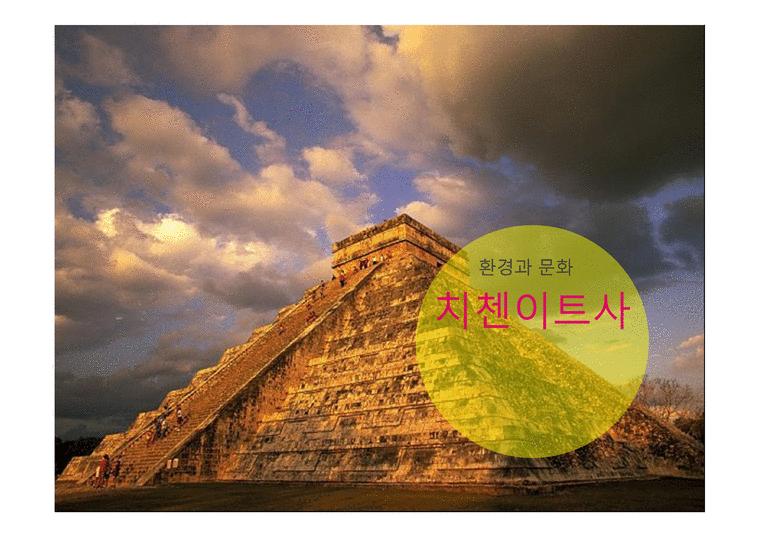joongang.co.kr/article/2652985#home

(Photo source Pandotrip)

Hello, I’m Kim Sojung, the 4th member of the FEALAC National Delegation.:) Do you know the fact that Latin America has many ancient civilizations?Today I’m going to talk about one of the three major Mesoamerican civilizations, the Mayan civilization!Shall we go now?

Yamashimaya civilization

The Mayan civilization has a long history of about 3,500 years from 2000 B.C. to 1690 B.C.It’s noteworthy that unlike other civilizations, it existed in the form of individual city states, not one Mayan Empire! However, it is called the Mayan civilization because it has achieved almost the same level in terms of culture, economy, and technology (agriculture, architecture, astronomy, mathematics, ball games, human memorial services, etc.).The Mayan civilization is largely divided into three periods: the All-Classical, Classic and Post-Classical. For these reasons, the Mayan civilization has developed different cities by period.In particular, the classical period is the heyday of the Mayan civilization.Early Paleozoic (2000 BC – 250,300 BC) Mexico Isafa, Civil Chartung, Mani-Guatemara Kaminarhu Yugo (250,300 BC – 900 BC) and Temara Tikar, Waxatoon Mexico Palenke Honduras Copanfugo Electric Co., Ltd. (900-1690 BC) Mexico Chichenite Co., Ltd.Early Paleozoic (2000 BC – 250,300 BC) Mexico Isafa, Civil Chartung, Mani-Guatemara Kaminarhu Yugo (250,300 BC – 900 BC) and Temara Tikar, Waxatoon Mexico Palenke Honduras Copanfugo Electric Co., Ltd. (900-1690 BC) Mexico Chichenite Co., Ltd.Tikal was one of the most powerful city-states of the Mayan civilization during the classical period (photo source Cahal Pech village report)Tikal was one of the most powerful city-states of the Mayan civilization during the classical period (photo source Cahal Pech village report)Lastronoaa de Chichén-Itt astronomy of ChicheniteThe Mayan civilization flourished in various fields, including architecture, science, mathematics, and art, and among the various city-states, Chichenite, in particular, achieved great development in astronomy.The Mayan civilization’s advanced astronomical level can be inferred from the fact that it was able to predict lunar and solar eclipses and observe Venus, as well as the Mayan calendar that many people are familiar with. El Castillo and El Caracol provide a glimpse into the great astronomical and architectural techniques of the Romanian civilization, the representative ruins of Chichenite.El Castillo (Photo Source Pandotrip)El Castillo, a Spanish surname, is a building and temple that symbolizes Chichen Itosa and was originally a temple serving Kukulcan, a winged snake god.It is a 30-meter-tall, ninth-floor stepped pyramid, and the temple at the top is estimated to have been completed in the 9th century. Since there are 91 stairs on each side, the total number of stairs on the slope is 91×4=364 and the top is 365 days. In addition, you can see the unique effects of the northern stairs in the equinox and autumnal equinox, where the length of day and night is the same. Every year around sunset in the spring and autumn equinox, shadows hang over the feathered serpent head sculptures at the bottom of the stairs on the north side, which are said to be shaped like giant snakes leaning down stairs from Chichenite.El Caracall (Photo Source Photoscapes)El Caracall (Photo Source Photoscapes)What did the ancient Mayans see on the stars? Their descendants work with scientists to learn that the sophisticated Stars have recorded their knowledge in buildings, books and still alive traditionswww.science.org.So today, I briefly introduced you to the astronomy of the Mayan civilization 🙂 I hope you enjoyed reading it, and I was Kim Sojung, the 4th generation member of the FEALAC National Delegation.reference materialjoongang.co.kr/article/2652985#homejoongang.co.kr/article/2652985#home



